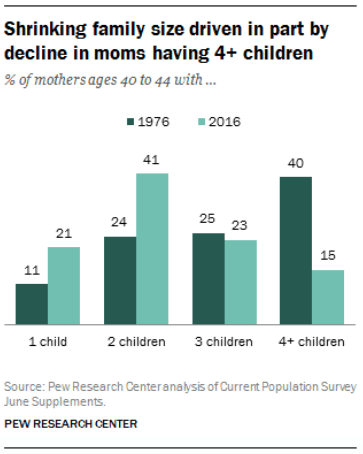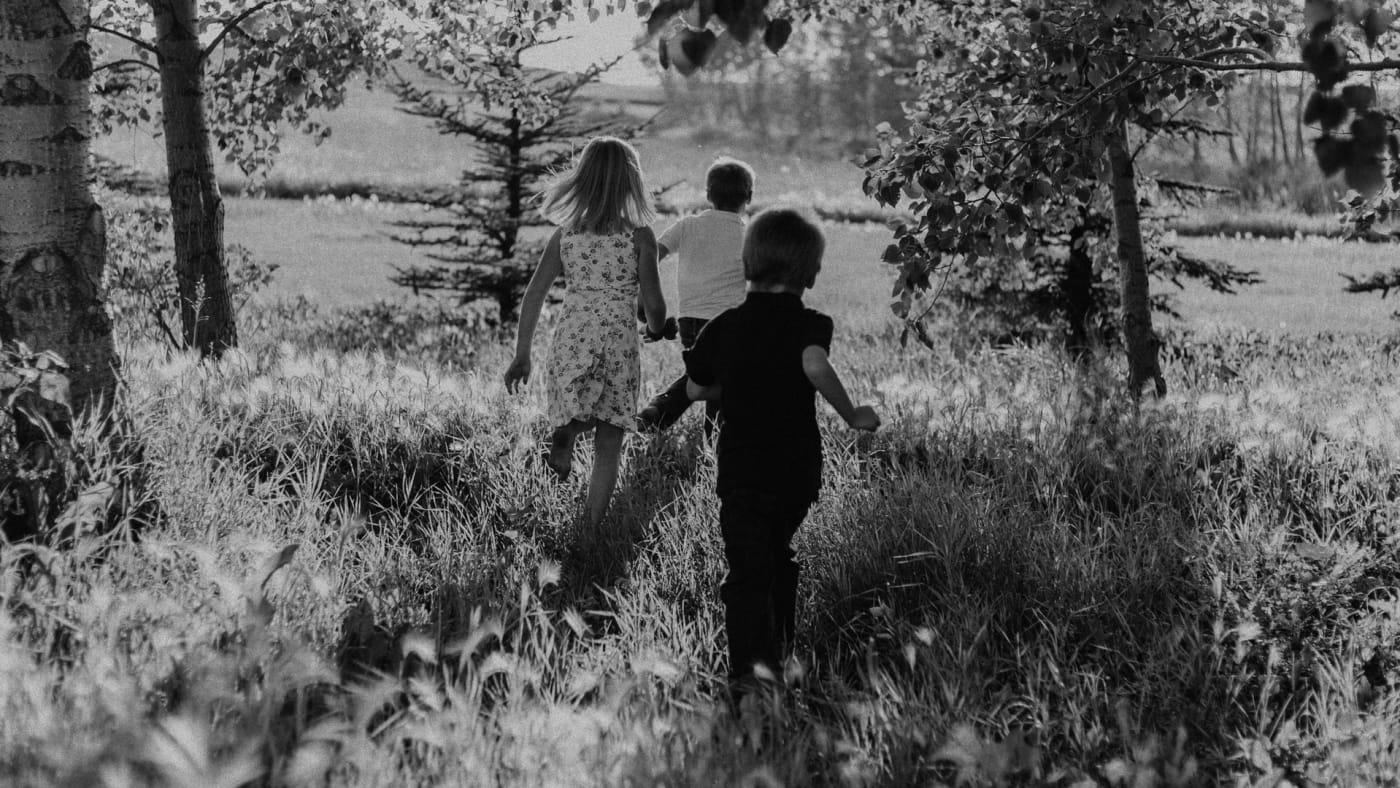Are middle children really going extinct? Here’s a reality check
I’m a middle child, and I can tell you that a lot of the stereotypes about middle children are true. For example, being wedged between an older and younger brother seems to have inflicted me with a Jan Brady-style inferiority complex that never really goes away. And because middle children are often thrust into the role of sibling mediator, I’ve also been cursed with a natural inclination to try to see both sides of every issue—a rather frustrating trait that, in this day and age, just makes you exceptionally bad at social media.
At the same time, middle children have contributed much to our society (thank you, Abe Lincoln and Jennifer Lopez), so it’s been somewhat bittersweet to read lately that these types of people, my people, are going extinct, at least in the United States, where most families are now having only one or two children. New York magazine took a crack at this theory last month, writing that “like the mountain gorilla and the hawksbill turtle, the American Middle Child is now an endangered species.”

Sadly, statistics from Pew Research back this up. In honor of Middle Child Day, which is today, the research organization parsed some of the demographic data around family size to dig deeper into the question of middle child extinction. Broadly speaking, middle children in America are a lot less common than they were 30 years ago. In 1976, 65% of American mothers aged 40-44 had three or more children, Pew writes. By 2016, that number had fallen to just 38%.
But look closer at the data and you’ll see a glimmer of hope. Most of the decline in middle children is due to the relative rareness of households with four children or more. Thirty years ago, that number was 40%. Today, it’s 15%. But families with three children have remained relatively stable, accounting for 23% of moms in 2016 versus 25% in 1976. That means the familiar Brady-style trifecta is alive and well and inflicting a whole new generation of American children with inferiority complexes, which I find comforting in a misery-loves-company kind of way.
Perhaps even more encouraging is that, according to Pew, some 41% of Americans now say having three or more children is ideal—the highest percentage since 1997. So even if we middle kids are slowly going extinct, at least we’re still valued. Cold comfort to a damaged ego, perhaps, but I’ll take it.
(21)



